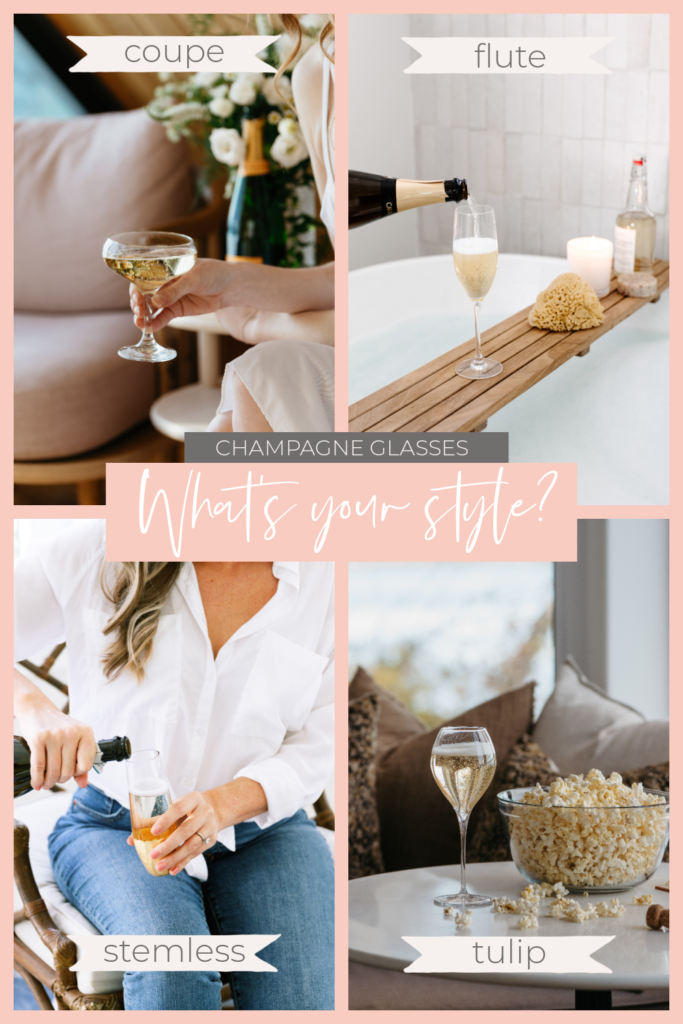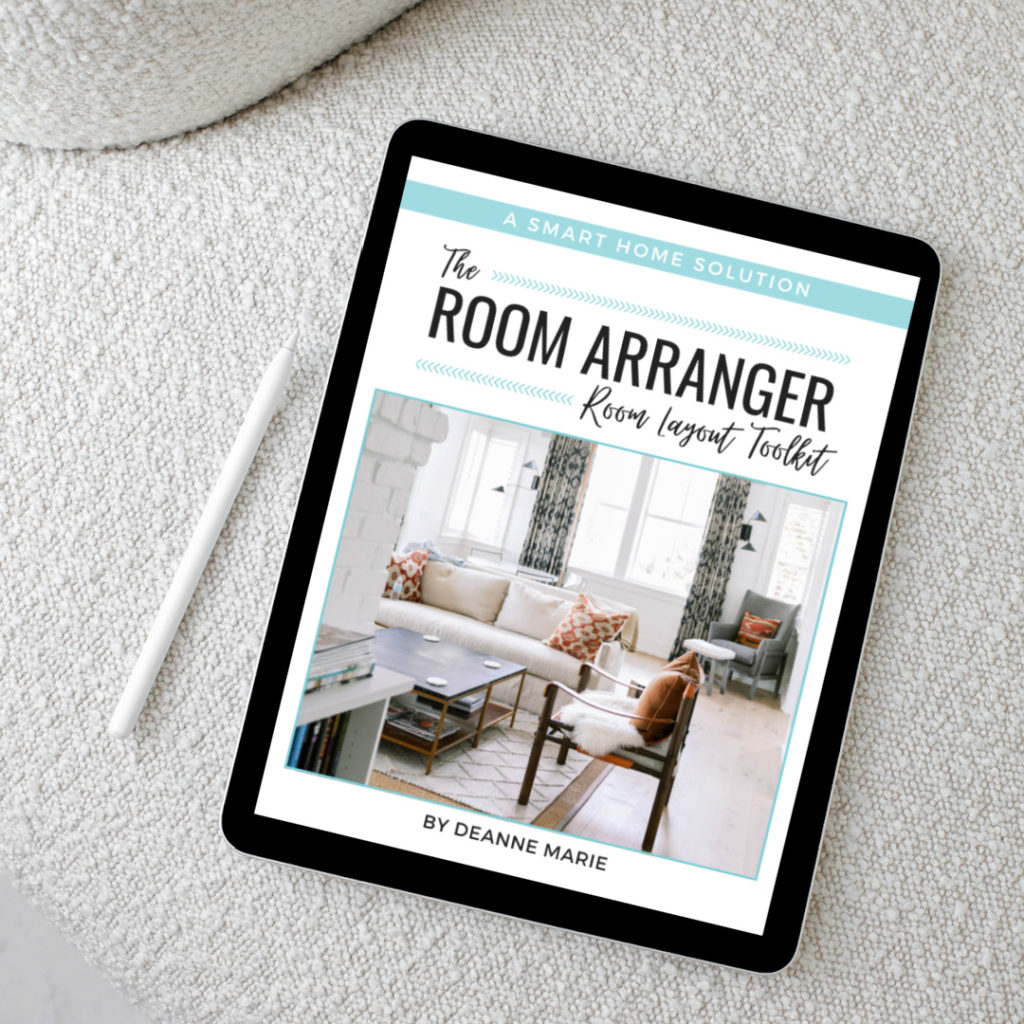
Champagne … the very word just sounds fizzy, doesn’t it? It conjures images of royalty, celebrations, launching ships, weddings and, of course, bubbles. But, unless it’s actually made in Champagne region France, it’s just sparkling wine.
“Champagne” and “méthode champenoise” (champagne method) are both legally protected descriptions; in fact, “Champagne” has been protected as an “appellation d’origine controllée” (named for the place of origin) for more than 100 years. Most countries have signed a treaty to only allow wines that were made in the Champagne region to be called “champagne.” The United States has created a loopholes which allows certain producers to use the term, although new U.S. producers are not allowed to call their wine “champagne.” Other nations that produce sparkling wine have their own special names: in Spain it’s cava; in Italy it’s prosecco or spumante; and if it’s a spumante made from Muscat grapes it has the protected name “Asti.”
Knowing a few essential terms can help you select a great bottle of Champagne or sparkling wine.
Reading the label
Most Champagne and sparkling wine are a blend of three grape varietals: Chardonnay, Pinot Noir and Pinot Meunier (a less-known cousin of the Noir). If the wine is something other than a blend, it will be noted on the bottle (see below).
There are several terms associated with champagne and sparkling wine, some which refer to the sweetness level (the percentage of residual sugar) and others which describe the grapes used.
- Brut: very dry and savory; typically the best quality
- Extra dry: a little sweeter than brut; just off-dry
- Sec: medium dry; good for drinking at parties or champagne breakfasts
- Doux: sweet dessert wine
Also on the label you may see one or more of the following terms:
- Non-vintage (NV): the wine is a blend of two or three vintages, meaning more than one year’s harvest.
- Vintage: made from a single harvest, signified by a year, and usually the best grapes from that year.
- Blanc de Blancs (“white from whites”): made only from white Chardonnay grapes; a fruity, elegant wine.
- Blanc de Noirs (“white from blacks”) made only from the two black pinots, resulting in a fuller wine.
- Rosé: made by blending some still red wine into the sparkling wine.
Buying the bubbly
When shopping for bubbly this year, keep the above terms in mind. Do you like sweeter wines? Then sec or doux is for you. A fuller, richer wine? Look for a blanc de noirs. And although a good French Champagne can cost hundreds of dollars, your New Year’s Eve libation need not break the bank. Several good sparkling wines are available for under $30. Two I’ve discovered with my wine aficionado friends this year are Gloria Ferrer and Schramsberg sparkling wines from California. One of my all-time favorites is étoile Rosé (about $50) from Napa Valley’s Domaine Chandon winery, although every sparkler I’ve tried from Domaine Chandon (the American arm of the famous French winery Moet Chandon) is nice and drinkable.
When in doubt, ask the staff at the wine shop for recommendations. They can usually suggest something, no matter what your budget.
Chilling your Champagne
How many of us have a bottle of bubbly sitting in the fridge, just waiting for the right occasion? Sadly, by the time the bottle is open, the wine may not taste right.
Champagne and sparkling wine should not be overchilled; if you have a wine cooler, keep it at about 45 degrees since that is the ideal serving temperature. If you’re starting from room temperature, pop the Champagne in the refrigerator for about 45 minutes; resist the urge to put it in the freezer since the cork can explode.
The best way to chill sparkling wine is in a champagne bucket with a mixture of water and ice. You’ll notice that champagne buckets are wider than an ordinary ice bucket or wine bucket for that very reason: it accommodates the larger Champagne bottle and more ice to chill the wine faster.
Popping the cork
My dad always made a big deal of uncorking his favorite Asti Spumante on New Year’s Eve, making us all stand well away, covering the cork with a towel and looking the other way when he uncorked it. A little dramatic, for sure, but there is some validity to his precautions. Always remember the contents are under pressure. There’s a reason why the French monks called champagne the “devil’s drink” because the corks kept inexplicably exploding from the bottles! Always keep the bottle pointed away from other people, windows and light fixtures. The cork can release at any time, causing injury or damage.
Remove the foil wrapper from the top of the cork. Keeping one hand on the top of the cork, pull the little wire handle away from the cork and untwist and remove the wire cage. Grasp the cork with one hand, and twist the bottle (not the cork!) slowly until the cork releases. It should whisper or sigh, not quite “pop.” The louder the noise, the more gas is escaping, thus resulting in fewer bubbles to experience in your glass.
Pouring your prosecco
Selecting the appropriate glass can make all the difference between simply drinking champagne and experiencing it.
The wide, shallow “coupe” glass, although perhaps the most traditional style we think of, is not the best for sparkling wine; the bubbles dissipate too quickly and spillage too often occurs. Rather, the “flute” – tall, thin and small-mouthed – is a better glass, with or without a stem. The shape shows off the color of the wine while giving the bubbles lots of wiggle room. Wine enthusiasts are also touting the “tulip” style of glass that is used for many still wines– wider on the bottom and only slightly narrower at the top. What’s your style?

To pour the wine, place your thumb in the dimple at the bottom of the bottle and splay your fingers around the bottle. With your other hand, hold a napkin or towel and support the neck of the bottle as you pour a small amount into each glass; go back and top off each glass. If using flutes, remember they overfill easily, so resist the urge to pour too much too quickly.
More glass tips: the surface of crystal glasses is rougher than ordinary glass and will result in more bubbles. Also, glasses should not be washed with soap; any residue can interfere with the bubbling action.
Storing the spumante
If there’s anything left in the bottle, it is possible to keep it for later. You may have noticed that the cork is mushroom-shaped and cannot be replaced. However, specialty corks are available from wine shops that create an airtight seal while keeping the cork safely in the bottle.
So there you have it. Perhaps more than you wanted to know about Champagne and sparkling wine, or just enough to pique your appreciation of this effervescent New Year’s Eve staple. Be sure to pin this post to your Pinterest board to keep it handy for all your special occasions. Cheers!


 Hi! I’m Deanne Marie – designer, author, attorney, travel enthusiast and everyday goddess. I love showing other single professional women how to create a home that is as comfortable as it is stylish, and have joy-filled, everyday goddess kind of life.
Hi! I’m Deanne Marie – designer, author, attorney, travel enthusiast and everyday goddess. I love showing other single professional women how to create a home that is as comfortable as it is stylish, and have joy-filled, everyday goddess kind of life.
